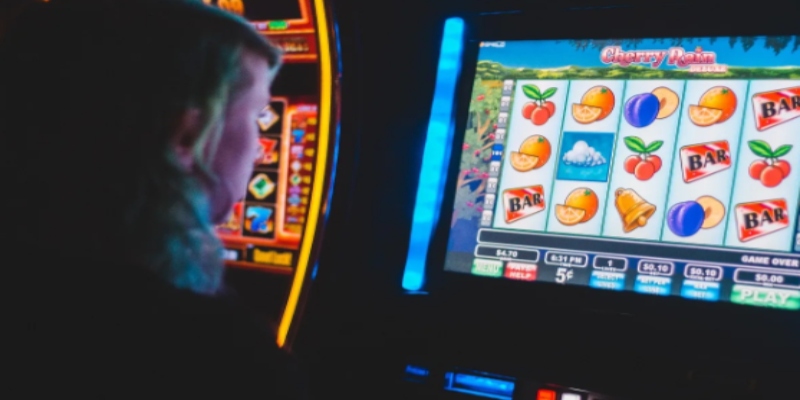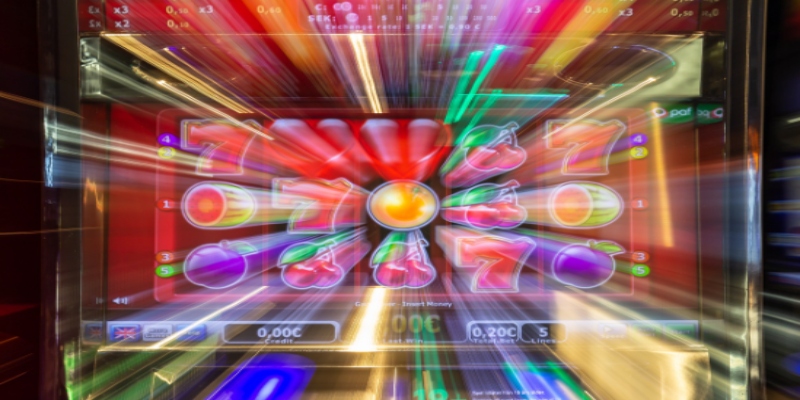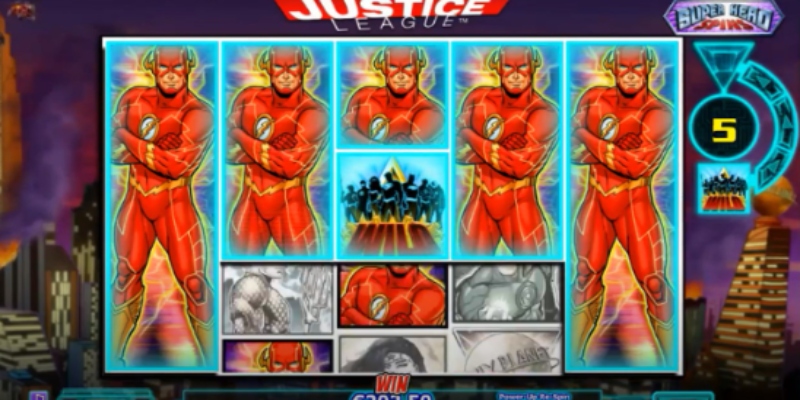
Since the inception of slot machines, they have been a popular source of entertainment. However, these machines have evolved over time to become more interactive and engaging for players. Nowadays, slots are filled with dynamic characters that help bring the game to life in ways unimaginable decades ago. Through this evolution, animated figures have changed the way people experience slot games.
From static symbols to dynamic characters, this article will detail how technology has transformed slots into an immersive gaming experience. The different types of animations will be discussed, as well as how they heighten the gaming experience. Additionally, this article will explore the role 3D graphics play in slot game design and potential areas of improvement in game development that could further revolutionize slots.
How technology has transformed slots into an immersive gaming experience

The first thing to note is the stark difference between static symbols and dynamic characters in slots. Static symbols are stationery designs that generally depict fruits, bars, or other objects associated with gambling. On the other hand, dynamic characters can be programmed to move around the board or interact with players through speech and sound effects. These figures add a level of interactivity to the game that draws in players and increases the overall experience.
The presence of dynamic characters also allows for more complex storylines, which would not be possible with static symbols alone. Developers can use these figures to craft unique stories and objectives within the game, creating a narrative that keeps players engaged throughout their gaming experience. This narrative is further heightened by the rich visuals, sound effects, and other immersive elements that dynamic characters bring.
The different types of slot animations
The most common type of animation used in slot games is 2D and 3D figures. 2D characters are flat images, often with basic movements such as spinning or changing expressions. These animations bring life to the game, but they can be limited in terms of how much interaction players have with them.
For example, Leprechauns fortune slot machine features a 2D leprechaun character that dances across the reels when players win. 3D characters, on the other hand, provide a much more immersive experience. With 3D graphics, slot games can feature intricately detailed figures that look and move like real people. These figures are often programmed to interact with players in various ways, such as offering advice or providing clues. These animations can help players feel more invested in the game, as they are provided with a personalized experience that adds to the overall excitement of playing slots. Additionally, 3D graphics also allow developers to craft games with elaborate stories and objectives without sacrificing
visual quality.
The role of 3D graphics in slot game design

A key part of creating dynamic characters is the use of high-quality 3D graphics. These realistic visuals help to create an incredibly immersive experience for players as they interact with the characters on the board.
3D graphics can also be used to create a unique gaming environment, with detailed sets and landscapes that add to the overall experience. Developers are always looking for ways to push the boundaries of slot
game design and make games more immersive for players. With advances in technology, developers have been able to incorporate more sophisticated 3D graphics that allow for greater detail and higher fidelity
visuals. This has allowed for a much more engaging experience compared to the static symbols of decades ago.
Comics influence
The use of comics-style animations has been on the rise in recent years. This approach utilizes cartoonish graphics, exaggerated movements, and vivid colors to create a more lighthearted atmosphere for slot games. The comic-style visuals give players a sense that they are playing within a funworld, which can help keep them engaged over time.
The use of comics also allows developers to create unique stories and objectives within their games. For example, a game might feature a group of superheroes fighting against an evil villain. This narrative adds another layer to the gaming experience and keeps players engaged throughout
their play session.
Areas of improvement in game design
The development of slot games is always evolving, with developers consistently pushing the boundaries of game design to create new experiences for players. However, there are still some areas that could be
improved upon.
For example, developers should focus on making more dynamic characters with more complex behaviors. This would allow for more interesting stories and objectives within the game and give players a richer
experience. Additionally, 3D graphics can always be improved upon to create even more realistic visuals and environments.
Final words
Overall, the development of slot games is an ever-evolving process. Through the use of dynamic characters, 3D graphics, and comics-style animations, developers are creating experiences that provide a unique and engaging way for players to enjoy slot games.
Moreover, developers are continuously pushing the boundaries of game design to create more immersive experiences for players. Ultimately, slot game designers should focus on creating engaging and dynamic stories that keep players entertained and invested in the game. With the right approach, slot games can be made into a captivating gaming experience for all players.


